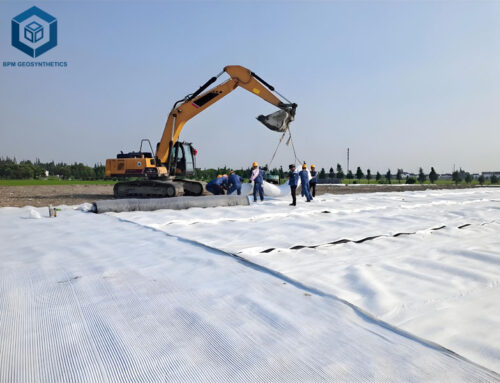Despite the numerous advantages of using woven geotextile in various applications such as filtration, separation, and reinforcement, there are also some disadvantages that should be considered. One major drawback is its limited permeability compared to non-woven geotextiles, which can restrict water flow and affect the overall performance of the project. In light of these challenges, BPM Geotextile has been actively researching and developing innovative solutions to overcome these limitations while maintaining the benefits of using woven geotextile fabrics in construction and environmental projects.
1. What Is Woven Geotextile Fabric?
Woven geotextile fabric is a type of permeable material made from synthetic fibers that are woven together in a grid-like pattern. It is designed to be used in civil engineering, landscaping, and environmental projects to provide separation, filtration, reinforcement, and drainage. Unlike non-woven geotextiles, which are created through a process involving the fusion of fibers, woven geotextiles are manufactured by interlacing warp and weft yarns, resulting in a more durable but less flexible structure. This method gives woven geotextiles their characteristic open weave, allowing for controlled fluid flow while still maintaining some level of mechanical stability.
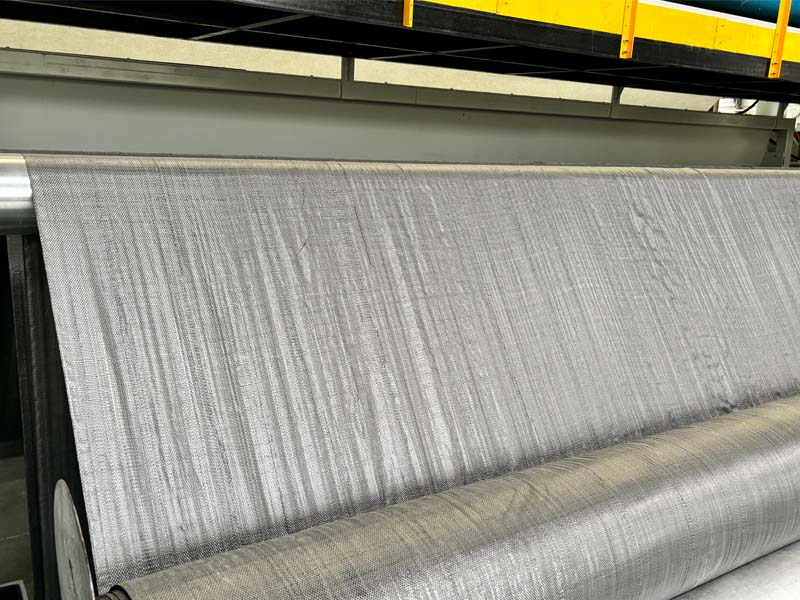
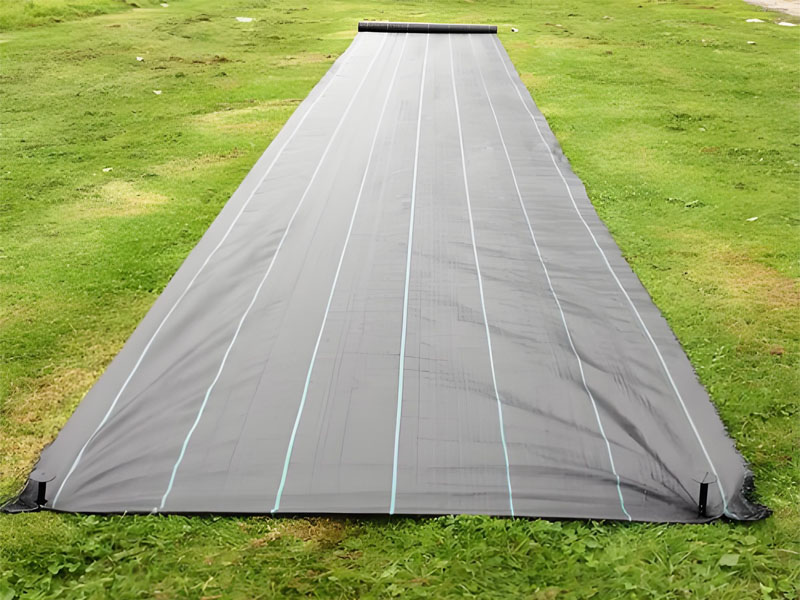
2. What Are Advantages Of Woven Geotextile Fabric?
Woven geotextile fabrics offer a variety of advantages that make them highly beneficial in numerous applications. Here are some of the key benefits:
2.1 Woven Geotextile Fabric – Strength and Durability
Woven geotextiles are known for their high tensile strength along both the warp (lengthwise) and weft (crosswise) directions, making them exceptionally durable. This robustness is crucial in demanding engineering applications such as retaining walls and roadways.
2.2 Woven Geotextile Fabric – High Permeability
They allow water to pass through while preventing soil and other particles from being carried away. This permeability is essential for drainage applications, helping to control water flow and reduce pressure build-up behind structures.
2.3 Woven Geotextile Fabric – Chemical Resistance
Most woven geotextile fabrics resist chemicals in soils and waste materials. This resistance extends their lifespan. It also maintains functionality in harsh environments.
2.4 UV Stability
Woven geotextiles are often treated for UV resistance. This treatment ensures they last longer in sunlight. It helps them maintain strength without degrading quickly.
2.5 Ease of Installation
Woven geotextiles are often designed for easy handling. This design reduces labor costs on projects. They are usually lightweight, which helps with installation. Despite being lightweight, they are strong enough for tough conditions.
2.6 Versatility
Woven geotextiles are highly versatile and used across various fields. They effectively control erosion, provide separation layers in road construction, enhance soil stabilization, and contribute to landfill filtration systems.
2.7 Environmental Benefits:
Woven geotextiles enhance soil stability and improve drainage. They reduce the risk of landslides by minimizing sediment runoff, thereby aiding in erosion control and promoting better environmental conservation.
2.8 Cost-Effectiveness
Woven geotextiles enhance drainage and stability. They lower landslide risks, prevent sediment runoff, and minimize erosion, contributing to better environmental protection.
3. What Are Disadvantages Of Woven Geotextile Fabric?
Woven geotextile fabrics, despite their many advantages, do have some disadvantages. One of the main drawbacks is their limited flexibility and conformability compared to non-woven geotextiles, which can make them less suitable for applications requiring a high degree of shape adaptation or where irregular surfaces are involved. Additionally, woven geotextiles typically have larger pore sizes, which may not provide adequate filtration in certain situations where fine particles need to be retained. This could lead to issues with soil migration or contaminant penetration in applications like landfill liners or filtration systems. Finally, while they are durable, the manufacturing process of woven geotextiles can be more complex and potentially costly compared to simpler processes used for other types of geotextiles, impacting overall project budgets.
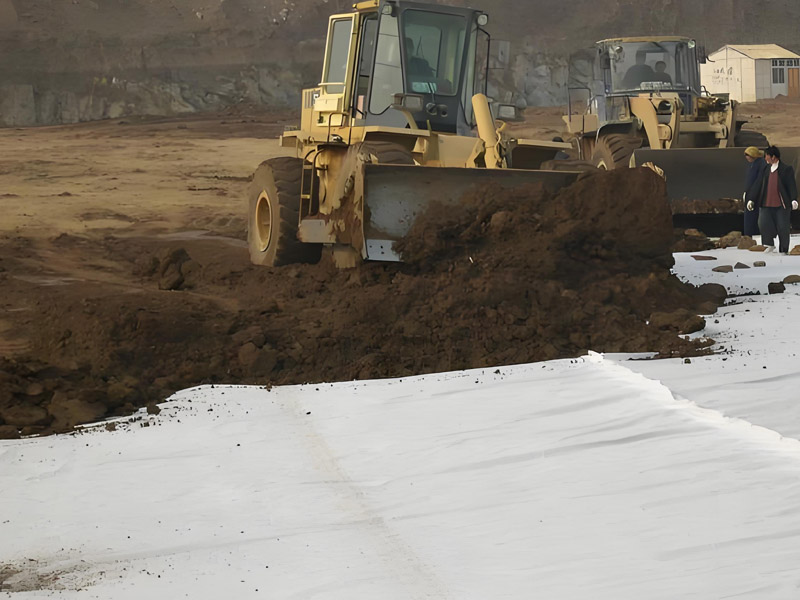
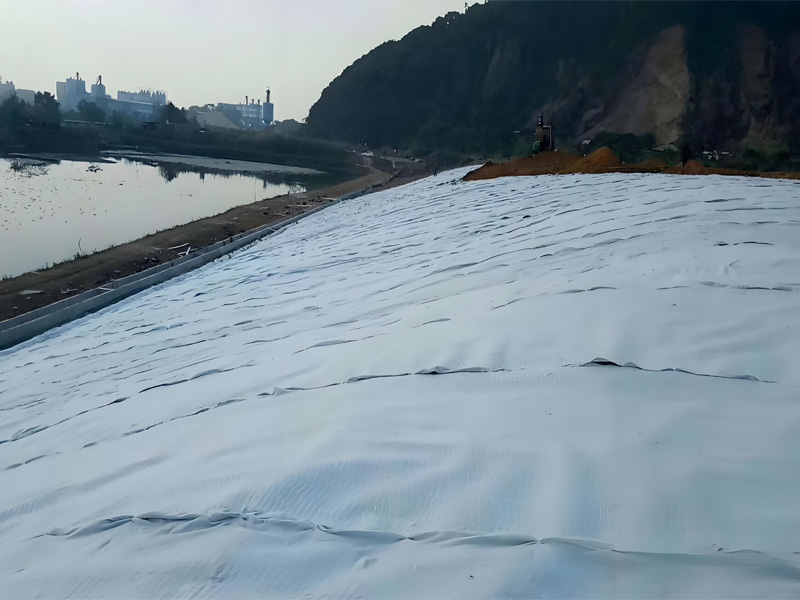
4. Does Woven Geotextile Fabric Really Work?
Yes, woven geotextile fabrics are highly effective and widely used in various applications across multiple industries. Their effectiveness stems from their unique properties, such as high tensile strength, durability, permeability, and resistance to chemicals and UV radiation. Here are some specific applications where woven geotextile fabrics have proven to be highly effective:
4.1 Slope Stabilization
Woven geotextiles are often used to reinforce slopes and embankments, preventing soil erosion and landslides. By integrating with the soil, they improve stability and reduce the risk of failure during heavy rains or earthquakes.
4.2 Erosion Control
Woven geotextiles are used in coastal areas to protect soil. They prevent sediment loss by slowing down water flow and promoting natural vegetation growth.
4.3 Retaining Walls
Woven geotextiles are used behind retaining walls to provide additional support and reduce pressure on the wall. This helps maintain wall integrity and prolong its lifespan by evenly distributing loads and preventing settlement.
4.4 Road Construction
Woven geotextiles are used in road construction. They separate different material layers, preventing mixing. They ensure proper drainage and enhance road stability and longevity.
4.5 Railway Embankments
For railway projects, these fabrics help in reinforcing embankments and providing a stable foundation for tracks. They minimize track settlement and improve ride quality by distributing stresses evenly across the ground surface.
4.6 Landfill Containment
Woven geotextiles play a crucial role in landfill containment systems by acting as barriers to control leachate migration and gas emissions. They separate waste from the surrounding environment and protect underlying aquifers from contamination.
4.7 Drainage Systems
As part of drainage systems, woven geotextiles facilitate efficient water flow while filtering out fine particles. This application is common in French drains, swales, and trench drains, ensuring proper water management and preventing waterlogging.
5. Summary
In conclusion, while woven geotextile fabrics offer significant advantages in various applications, it is crucial to acknowledge their limitations. These disadvantages include potential permeability issues, susceptibility to damage during handling and installation, limited flexibility compared to non-woven alternatives. Understanding these drawbacks enables engineers and contractors to make more informed decisions and select the most appropriate materials for their specific projects.If you have any questions, please contact us.

